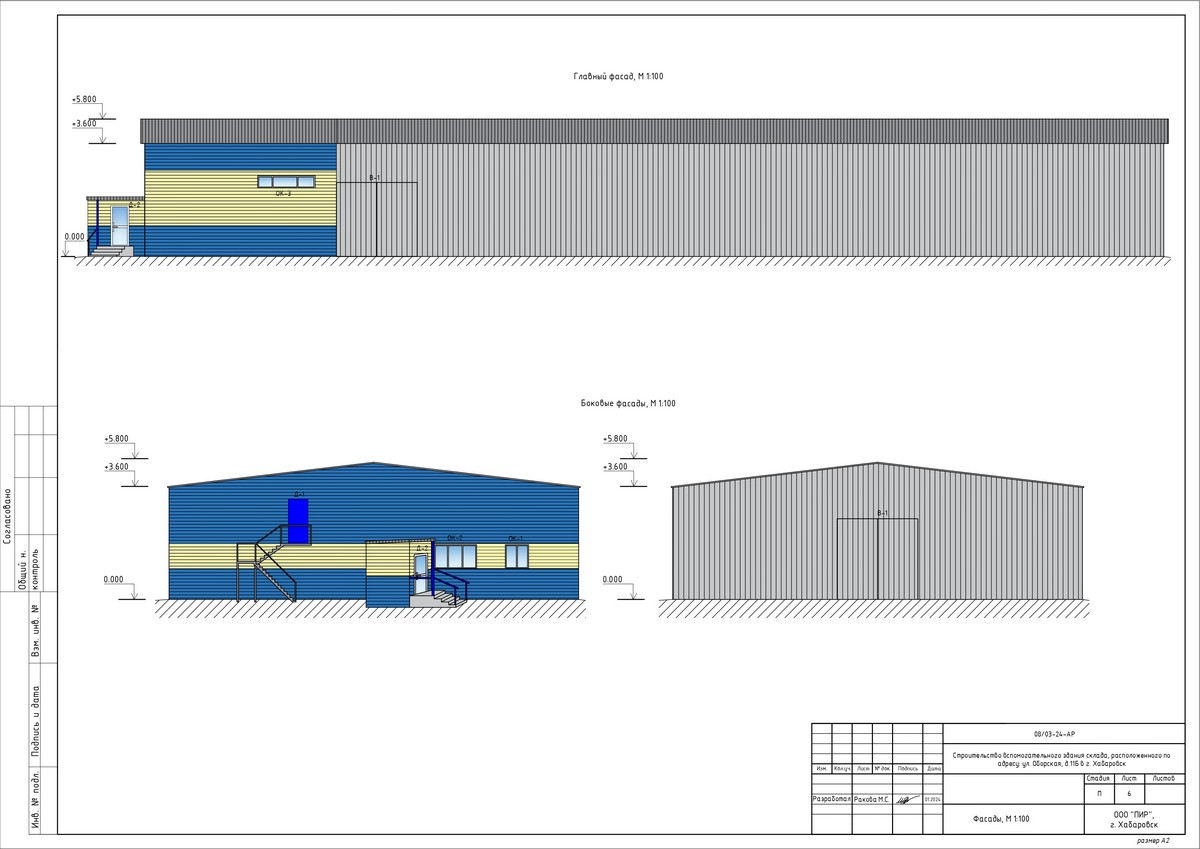
Regulatory compliance is a crucial aspect of construction projects, and it involves following the rules, строительство склада под ключ цена за м2 regulations, and laws that govern the construction industry. It’s essential for construction companies, architects, engineers, and contractors to be aware of the regulatory requirements that apply to their projects to avoid penalties, fines, and damage to their reputation.
The regulatory compliance process typically starts early in the project lifecycle with the development of the project plan. Construction companies and project owners need to identify the relevant regulatory requirements that apply to their project based on factors such as geographical location, environmental considerations, and occupational health and safety measures.
In the construction industry, regulatory compliance is influenced by federal, state, and local laws and regulations. Federal laws, such as the Americans with Disabilities Act (ADA) and the Occupational Safety and Health Act (OSHA), apply to construction projects nationwide. State and local laws may differ from federal laws, and they often have specific regulations that apply to construction projects in their jurisdictions.
Some of the key regulatory compliance areas in construction projects include:
- Code Compliance Requirements
Building codes are the set of regulations that govern the design, construction, and maintenance of buildings. They vary by region and are typically governed by local authorities that have jurisdiction over construction projects.
- Construction Site Safety Measures
Construction projects must comply with environmental regulations, which include rules related to air quality control.
- Construction Workplace Safety
OH&S regulations govern the health and safety practices in construction workplaces, including handling of hazardous materials.
- Employment Practices Regulation
Labor laws and regulations apply to construction projects and govern matters such as workplace disputes resolution.
- Inclusive Design Requirements
Construction projects must comply with the Americans with Disabilities Act (ADA), which requires that buildings and spaces be inclusive of people with varying abilities.
To achieve regulatory compliance in construction projects, the following strategies can be employed:
- Conduct thorough pre-project inspections.
- Develop a compliance document and roadmap.
- Engage with regulatory authorities and experts.
- Develop and implement project management tools.
- Monitor and review compliance progress and updates.
- Conduct regular training and awareness programs.
- Engage external audit and compliance firms as needed.
By following these strategies and being proactive in managing regulatory compliance, construction companies and project owners can ensure that their projects are compliant with regulatory requirements, which helps to minimize risks, avoid penalties, and enhance their reputation in the industry.
